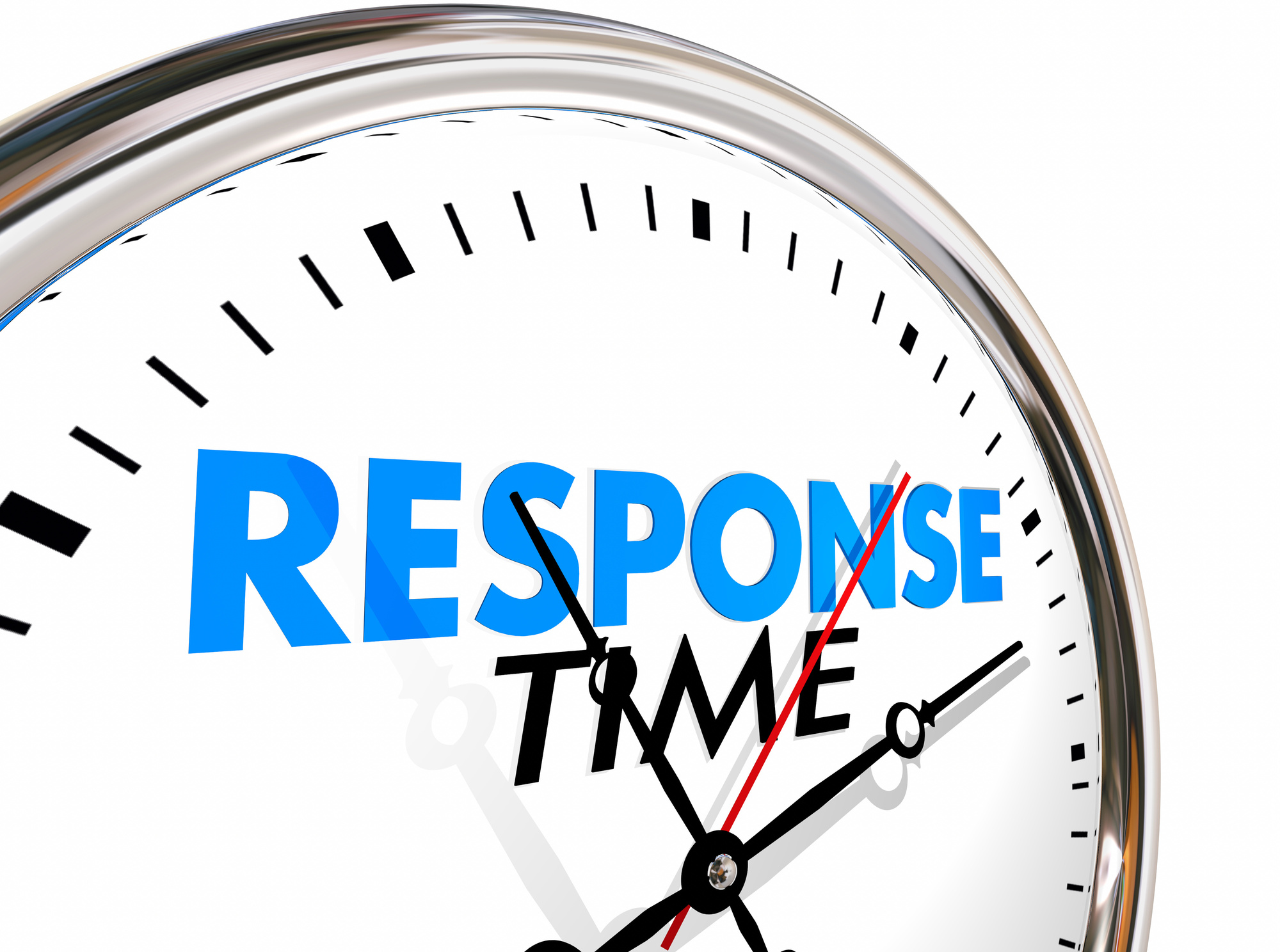Page response time is a crucial part of running an online business successfully.
It’s not enough to simply have a great website or excellent products. If your page does not respond quickly and efficiently, you will lose customers. User experience is a critical thing to consider when it comes to your site.
However, you may not know what it is you should be monitoring on your website to make sure that page response time is up to snuff.
If that’s the case for you, check out these nine things you need to be monitoring in order to ensure optimum response time on your website.
1. Backend Updates and Upgrades
This seems simple, but it’s an aspect of website performance that can be easy to overlook.
You should always be monitoring the backend of your site for website upgrades. This may be provided by your web hosting service, like DreamHost, or your website design platform, like WordPress.
Either way, monitoring your site for website upgrades will ensure that all plugins and aspects of your website are consistently up-to-date.
2. Site Uptime
Website uptime (and downtime) is easily one of the most important performance indicators on your site.
If and when your website goes down, you will likely experience a decline in sales. If your customers cannot get into your website, they cannot make purchases or browse around like you want them to.
If your website goes down, it can disturb the workflow of your entire company. Nothing constitutes an emergency quite like your website going down!
The ramifications of website downtime are so far-reaching that if you keep an eye on nothing else when it comes to page response time, site uptime should be the thing.
3. Broken Links
Nobody wants to find themselves at an Error 404 page. These hiccups can be extremely frustrating for website users who are attempting to navigate your site.
Haven’t you clicked out of a site before after encountering an error page? Most of us have. Why would you expect your site visitors to do anything different?
Checking regularly for broken links is important for the overall health of your site. Having all working links makes a good impression and shows your customers that you care about what you’re doing online.
4. Page Load Time
Page response time also ties in very closely with the time it takes to load a full page of your website. Essentially, this is the time it takes to download the source code of the page in question.
Website visitors can only have the full experience of your site when the page has fully loaded. If they have to sit and wait around to see a full page of text, images, or videos… well, they won’t.
Online users have short attention spans. If your page isn’t loading instantaneously, you’re in hot water.
5. Pings
Pings are also an important indicator of good page response time.
A ping basically acts as a test to see if a device on the network is reachable. A “ping” command reaches over the network to request a response from the device in question. This works almost like echolocation.
Using pings to test your site response time can provide helpful insight into the overall speed and efficiency of your site.
6. TTFB
TTFB stands for “time to first byte.” This is another way of measuring the load speed of pages on your website.
If any more than three seconds go by, chances are you’ve lost your potential users. They’ll click off and head somewhere else on the Internet with faster response times and great content.
When a website visitor does this, it’s called bouncing. You don’t want a high bounce rate. It means they bounce off your web pages before being drawn in by your content and clicking around your site.
Clearly, what matters most is not the quality of your site, though that is just as important. If a user can’t even manage to explore the quality site you’ve built, it’s all for naught.
7. User Journey
Another important thing you should be tracking in order to understand the health of your site is your user’s journey.
On what page do most website visitors arrive? Where do they go from there? How long do they stay?
What page do they finally click away from?
Monitoring these things will give you a glimpse at what’s working on your site and what’s not. Using this to ensure good page response time will show you what pages you need to prioritize and what’s not working for you.
8. Geographic Concerns
Did you know that your website may work differently for people in different parts of the world?
It seems strange, but it’s true.
Checking your website’s speed as it would be experienced by people from all over will help you to make sure that you can provide a good website experience to visitors from anywhere in the world.
9. Website Traffic
Lastly, you need to know how many visitors your website is getting. Knowing the load your site is under will help you gauge whether your site needs an upgrade to its servers or whether it’s doing just fine as is.
It will also show you trends in website traffic. If you see a sudden drop in traffic, you will want to investigate what’s going wrong on your site.
If a lot of people are visiting your site at the same time, how does it respond? These are all things you should know for the optimum performance of your site and response time.
Have More Questions About Page Response Time?
If you have questions about page response time, you’ve come to the right place.
Our service helps you to eliminate downtime on your site by providing advanced monitoring services. This is done remotely and is free.
If your website ever goes down, you will be notified instantly via email or text message so that you can fix the site as quickly as possible. Downtime equates to lost money and lost opportunities, and it’s the last thing you want for your online business.
Contact us if you have questions regarding how to ensure that your website is performing at the highest capacity it possibly can be.




